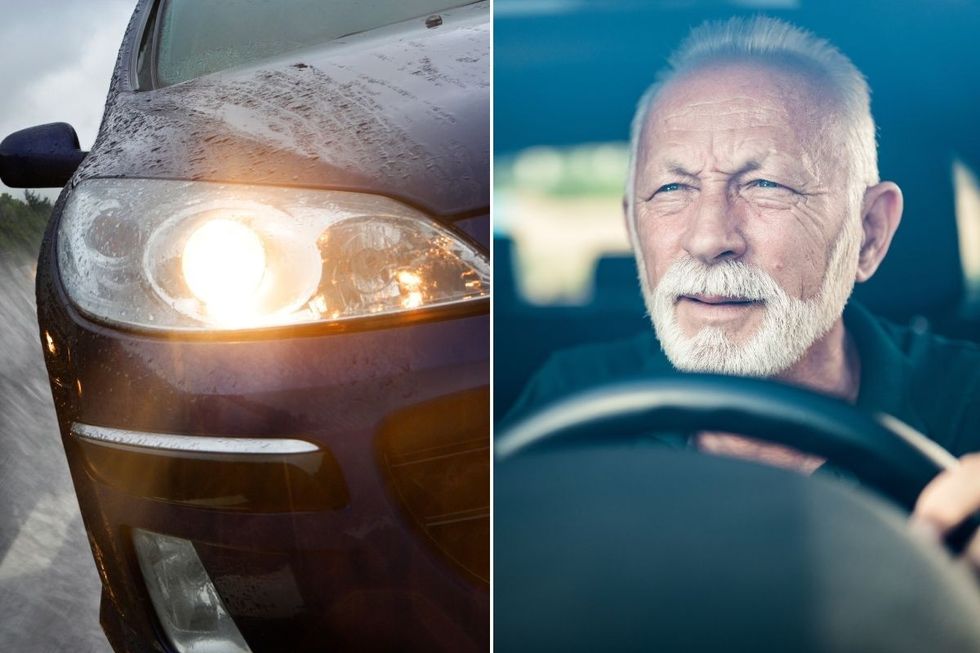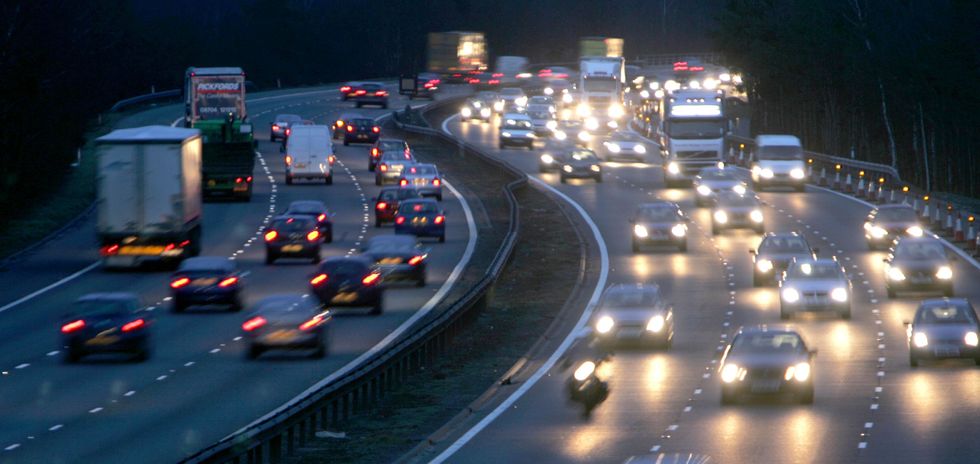WATCH: Bev Turner comments on the impact of headlight glare
GB NEWS
The DfT will receive recommendations for potential rule changes once the investigation has concluded
Don't Miss
Most Read
Trending on GB News
Motorists and experts are praising ongoing action being taken to look at the effect of headlight glare on drivers, particularly the elderly.
Last month, it was announced that the Transport Research Laboratory (TRL) would be working with the Department for Transport to investigate the causes of headlight glare and assess how it impacts motorists.
TRL will equip a vehicle with specialist instruments to measure light levels experienced by drivers during real driving on UK roads, with the project running in Berkshire until spring 2025.
The investigation will look into the effect of other vehicles, weather conditions and ambient lighting, with recommendations being sent to the Department for Transport once the trial is completed.
Do you have a story you'd like to share? Get in touch by emailingmotoring@gbnews.uk

Experts have praised the investigation into the impact of headlight glare on drivers
GETTY
Many optometrists have called for research into the impact of bright headlights on other drivers, especially as days get shorter and people will be commuting during darker periods of the day.
One expert, Rachael Smith, who works at Rawlings Opticians & Hearing Care, told the BBC: "We see drivers of all age ranges, from 17 right through to older people, and they all complain about glare and discomfort, or being dazzled."
Previous research from the RAC suggested that elderly drivers are "disproportionately affected" by bright headlights which has caused some older motorists to stop driving at night as a result.
Some have pointed to modern vehicles having brighter LED headlights, which can appear white, rather than the traditional halogen bulbs which give off a yellow hue.
Mark Hill, a former Sussex Police officer, has been involved in the investigation of more than 1,000 road accidents and claimed that bright lights could cause "catastrophic consequences".
The RAC has previously called on the Government to act on these issues as 85 per cent of survey respondents said the impact of headlight glare was getting worse.
People involved in the survey said they have been forced to slow down dramatically to focus on the road ahead as they struggle to assess the conditions.
A Freedom of Information request to the DVSA found that around 1.5 million Class 4 vehicles (which includes passenger cars) have failed the MOT test as a result of having poorly aligned headlights.
Reacting to the launch of the study, Rhydian Jones, car insurance expert at Confused.com, highlighted research which found that almost half of drivers often have difficulty seeing the road due to glare from oncoming headlights.
A further 28 per cent said they have lost sight of the road as a result of the headlights from other cars, pointing out why the research could be so crucial.
The expert continued, saying: "With shorter and darker days in full swing now, many drivers might be worried about struggling to see at night.
"If you are struggling with other cars’ bright lights when driving, the best thing to do is to slow down and drive carefully. However, if it's the car behind you which is dazzling, adjusting your rearview mirror could help reduce glare.
LATEST DEVELOPMENTS:
- Edinburgh and London rank top for cleanest air despite millions of drivers being slapped with fines
- British drivers see fuel prices at 'three-year-low' ahead of huge petrol station changes launching soon
- Major car brand pledges to sell petrol and diesel cars 'for as long as we are allowed' despite EV switch
 The trial will look at the different factors affecting headlight glare PA
The trial will look at the different factors affecting headlight glare PA"It also helps to keep your windscreens free from dirt as this often creates glare too. And if you wear glasses, lenses with an anti-reflective coating could make a difference."
Jones also called on motorists to help other drivers, especially with the shorter days. He suggested that car owners could adjust their headlights, especially if they have brighter LED headlights.








